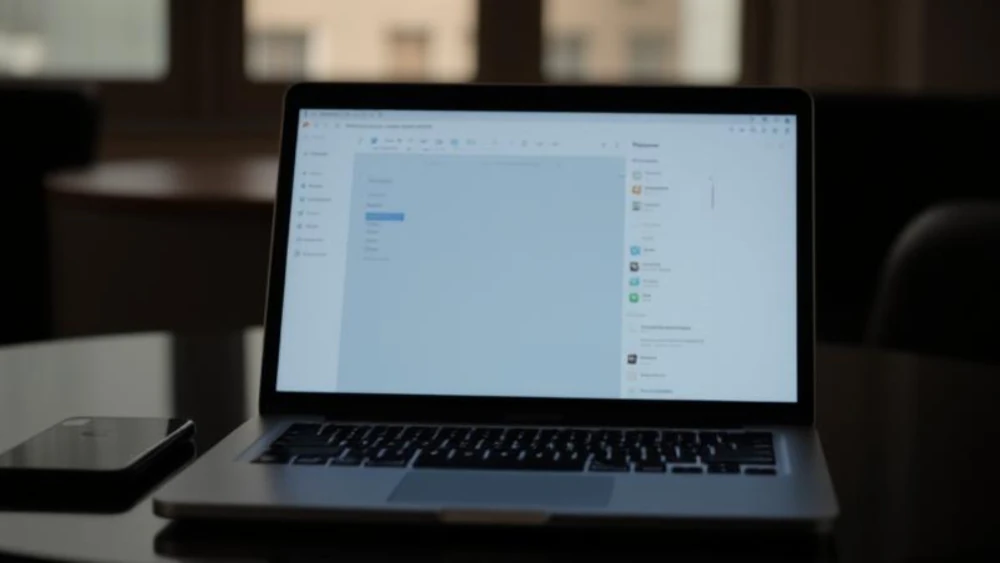how to block a website on chrome
Learn how to block a website on Chrome with this step-by-step guide, using extensions, settings, and parental controls for better security and focus.
By learning how to manage website access, you can take proactive steps toward a healthier online experience for yourself and those around you. After going through this detailed guide, you can tailor your browsing experience to your needs.

Why Block Websites on Chrome?
Before asking "how," it's important to understand "why." Here are some common reasons people choose to block websites on Chrome:
- Increase Productivity: Block distracting sites like social media or news outlets during work hours.
- Enhanced Personal Security: Protect yourself from malicious websites that may contain viruses and compromise privacy.
- Parental Control: Prevent their children from accessing harmful or inappropriate content.
Method 1: Using Extensions for Chrome
Using browser extensions is one of the easiest and most flexible ways to block websites on Chrome. Two popular options are BlockSite and StayFocusd.
BlockSite Extension
BlockSite is a user-friendly extension. Here's how to set it up:
- Install BlockSite:
- Open Google Chrome and navigate to the Chrome Web Store.
- Search for "BlockSite" and click on the Extension from the search results.
- Click Add to Chrome and then Add Extension in the confirmation dialog.
- Configure BlockSite:
- Once installed, click on the BlockSite icon in the top-right corner of Chrome.
- In the dashboard, you will see an option to add websites—type in the website URL you wish to block (for example, www.facebook.com).
- There is a feature where you can block a website for a time duration, and this is useful for students and employees as they can limit access during work hours.
- Customization and Additional Features:
- You can also block websites by typing with BlockSite. For example, if you want to block all social media sites, you can make that choice.
- You can set up a password to prevent others from changing your settings, keeping the block strong.
StayFocusd Extension
StayFocusd is another popular extension that helps reduce time wasted on non-productive websites. Here's how you can use StayFocusd:
- Install StayFocusd:
- Go to the Chrome Web Store and look up the "StayFocusd."
- Click Add to Chrome and then Add Extension to install it.
- Set Your Preferences:
- After Installation, click the StayFocusd icon.
- Go to the settings and input the website "es you want to restrict.
- StayFocusd lets you set a daily time limit for each website. Once the limit is reached, the site will be blocked for the rest of the day.
- Additional Settings:
- Customize the "Blocked Sites" list by adding URLs manually. Use the "Nucl" ar Option" as an emergency measure to block all distro "ting sites immediately.
Both BlockSite and StayFocusd offer powerful tools for managing your browsing habits. Whether you want straightforward blocking or detailed time management options will determine your choice.
Method 2: Using Google Chrome's Built-in Settings (Supervised Users)
Chrome does not have a native feature to block individual websites without extensions; it does offer supervised profiles that can help parents or administrators control web content.

Setting Up a Supervised User Profile
- Create a New Profile:
- After opening Chrome, tap your profile icon in the top right corner.
- To set up a new profile as a supervised account, click on "Add" to Create a new profile.
- Follow the on-screen instructions to set up the new profile.
- Configure Parental Controls:
- Once the new profile is created, access the supervised user settings through the Family Link app or Google's Family Link website.
- You can now set restrictions on the websites accessed through Google's profile.
- Set up controls to restrict or permit content based on its type to make sure that the supervised user's online experience is safe.
Method 3: Editing the Hosts File
The act of editing the host file gives a computer user complete website blockage capabilities, which extend to all browser applications, including Chrome. This system management method can be implemented by users across all Windows, macOS and Linux platforms for website accessibility control.
Blocking Websites via the Hosts File (Windows)
- Locate the Hosts File:
- The host file is typically located in C:\Windows\System32\drivers\etc\hosts.
- To open Notepad or any text editor with administrator privileges, right-click the program icon and select "Run as administrator" from the menu.
- Edit the Hosts File:
- At the bottom of the file, add a new line for each website you want to block. For example:
- Copy code
- 127.0.0.1 www.facebook.com
- 127.0.0.1 facebook.com
- This redirects any attempts to access Facebook to your local computer, blocking the site.
- Save and Close:
- Save the changes and restart your browser. The specified websites will now be inaccessible.
Blocking Websites via the Hosts File (macOS)
- Open Terminal:
- Open the Terminal application on your Mac.
- Edit the Hosts File:
- Enter the command: sudo nano /etc/hosts.
- Enter your administrator password when prompted.
- Add the following lines to block websites:
- Copy code
- 127.0.0.1 www.facebook.com
- 127.0.0.1 facebook.com
- Save and Exit:
- Click Control + O to save the file, then Control + X exits Nano.
- Flush the DNS cache by running: sudo dscacheutil -flushcache; sudo killall -HUP mDNSResponder
- Restart your browser to see the changes take effect.
Editing the host file is a robust solution that works across all browsers on your computer, though it is a bit complex.
Method 4: Using Third-Party Software
Some third-party programs like Cold Turkey and Net Nanny offer extensive website-blocking features.
Cold Turkey
This one is a very powerful website blocker compatible with Windows and macOS. It can block the entire Internet, websites, and applications if needed.
- Download and Install Cold Turkey:
- Visit the Cold Turkey website and download the software.
- Follow the steps given for Installation.
- Configure Blocking Settings:
- Launch Cold Turkey and curate a block list by adding in all of the website URLs you wish to block.
- Set schedules or timers to restrict access during work hours or sURL'stimes.
- Cold Turkey also features "Frozen Turkey" mode, where you can lock out distractions entirely for a set period.
Net Nanny
Net Nanny is specifically designed for parents and offers a versatile range of parental controls, including website blocking, monitoring, and content filtering.
- Install Net Nanny:
- Visit the Net Nanny website and sign up for an account.
- Tap "Download" and install the software on your devices.
- Set Up Website Blocking:
- Log into your Net Nanny dashboard and configure the website filtering settings.
- Choose specific websites or categories to block.
- It can create separate profiles for each family member so the content restrictions can be tailored according to their age and needs.
Third-party software is ideal if you need more Control and an extra layer of protection and customization.

Best Practices for Blocking Websites on Chrome
Here are some of the methods that will help in maintaining an effective browsing environment:
- Update block list regularly: Websites keep changing with time, so keep checking and regularly updating and reviewing the block lists to ensure they remain effective.
- Layers of Protection: Browser extensions, parental controls, and third-party software should be used as multiple layers for complete protection.
- Regular Checkups: Regular settings should be checked when using child accounts under the supervised profile to confirm that the configuration matches their present requirements.
- No Over-blocking: while it is essential to block harmful sites, just make sure not to block any helpful content unknowingly.
- Understanding the tools: Learn the tools and teach others to comprehend the equipment they operate. Teach your workforce members and other personnel to grasp the essentiality of maintaining safe, focused environments.
Conclusion
Your digital experience will dramatically improve when you learn how to block dangerous websites on Chrome because all three objectives of productivity growth and protection of your family members and system defense benefit from this capability. BlockSite and StayFocused applications, along with host file editing and third-party software, provide methods to block harmful websites for users who need simple solutions or technical users looking for advanced blocking approaches. The described process helps users create personalized browser setups through existing tools that fulfill all requirement points. Start implementing intruder bans right now to establish instant digital life leadership.






